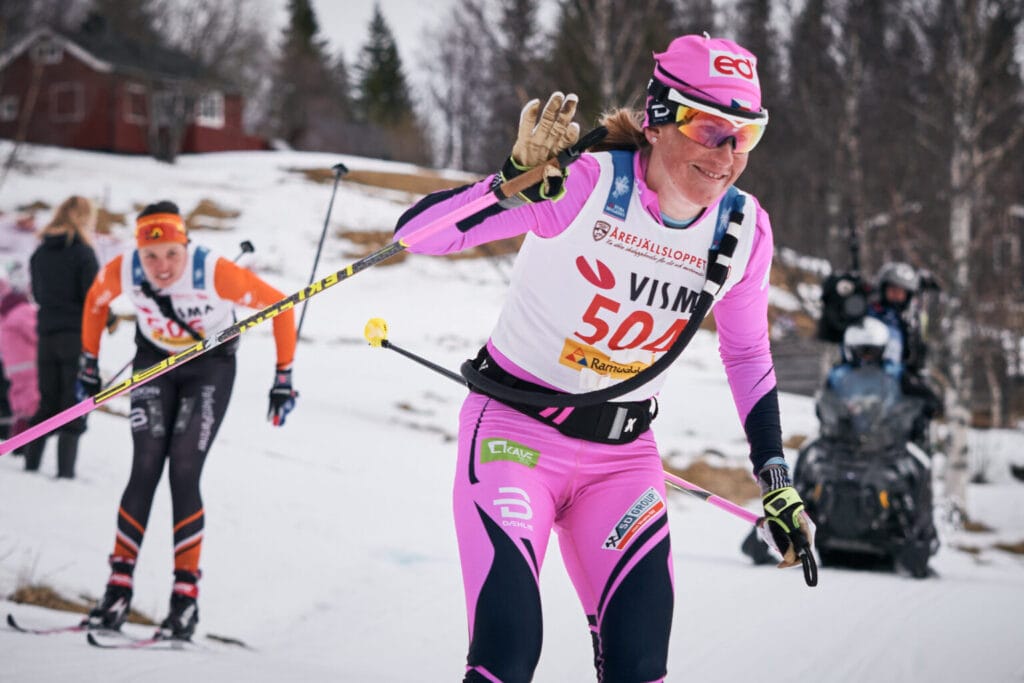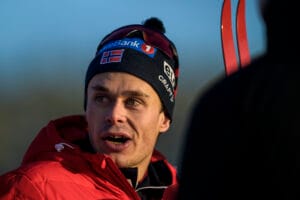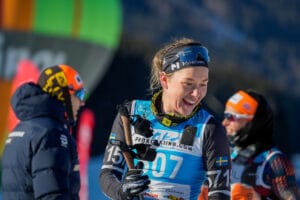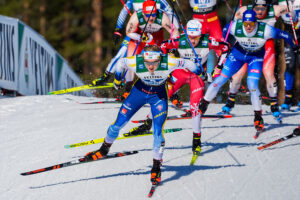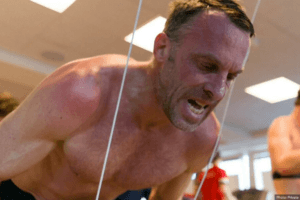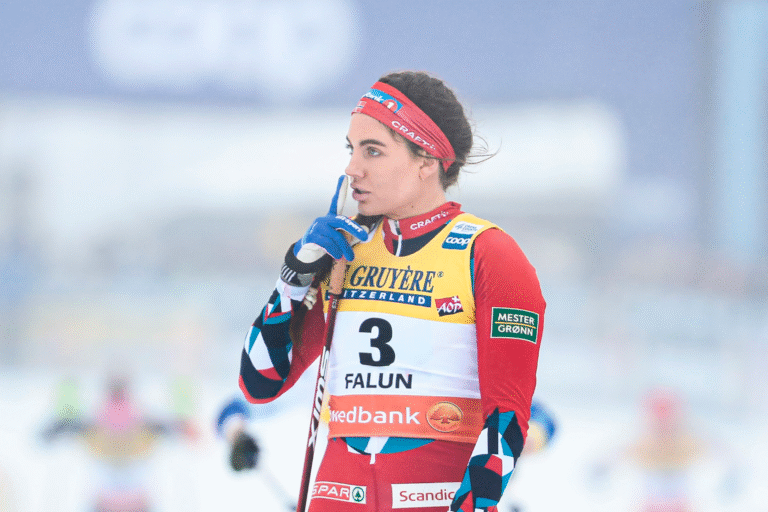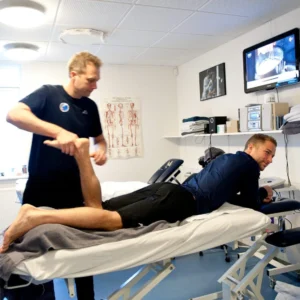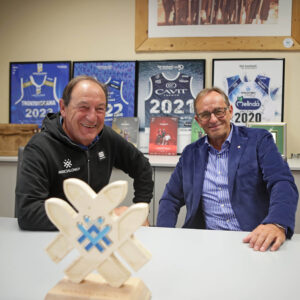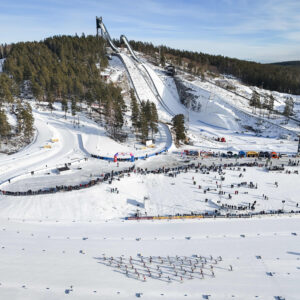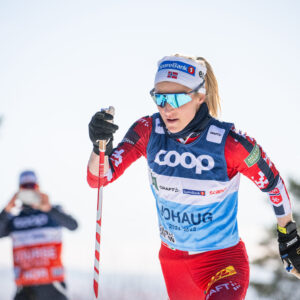Kateřina Smutná advises on how much to train on roller skis
The Ski Classics Legend Kateřina Smutná was undoubtedly one of the best long-distance skiers of all time. How much does she like roller skiing, how much does she recommend training with the equipment, and what training does she consider most important?
It’s been a few seasons since Kateřina Smutná retired from professional skiing. However, she’s far from retired in the true sense of the word, and her performance would likely still surprise many. She has become a coach for Austrian athletes, helping them fine-tune their technique and training, not just on roller skis. So, from a sporting perspective, she remains highly active.
Link to the Ski Classics Hall of Fame
Read the following interview with Kateřina. Bezky.net highlights her views on roller skiing:
Kateřina, did you enjoy roller skiing training during your career?
“As a junior, I preferred running over training on roller skis, but it became necessary to focus on them more. Even today, I believe that roller skiing shouldn’t be overdone. I still believe that roller ski training should not exceed half of the total training hours between spring and autumn. Running always gave me the most. Today’s young cross-country skiers rely heavily on roller skis. The training doesn’t hurt as much, especially when they use fast wheels.”
So, did you have to get used to roller skiing?
“As I became a more experienced athlete, I realized roller skiing had an important place in training. I’m the kind of person who must grind, so throughout my career, I trained on Finnish Marwe roller skis. They’re slow and hard to roll, but I think they most closely simulate skiing on snow.”
What kind of training did you like the most?
“I like classic technique, especially double poling uphill. My favorite roller ski training is double poling on undulating terrain and skiing without poles, basically anything that strengthens me,” Smutná says to Bezky.net and adds:
“Over time, I got used to and even began to enjoy skating, even though I know I was never a star at it (laughs). I couldn’t handle it well, and I must say I now skate better at over 40 than I did at 25!”
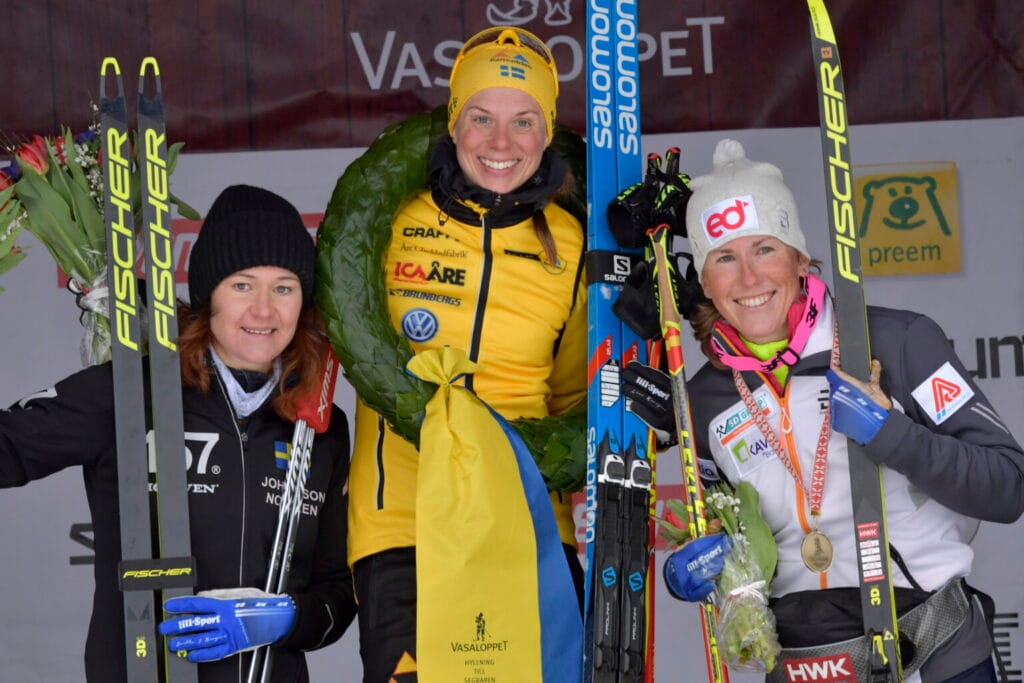
Where did you most enjoy training on roller skis?
“Since I was 17, my favorite place has been Sardinia—it has beautiful nature, quiet roads (outside the summer season), and good asphalt. It’s ideal in May and October for long training sessions. I also liked training in central Sweden, where there are many low-traffic roads.”
“Generally, I don’t really enjoy training on dedicated roller ski tracks. My least favorite is Vesec near Liberec. At home in Austria, where we live, I like to train in Hochfilzen.”
And what about downhills?
“Descending steep hills still gives me challenges. I have a lot of respect, knowing there’s asphalt under me and often rocks nearby. And maybe that’s a good thing—throughout my whole career, I never had a serious fall.”
How do you view roller ski training now as a coach?
“As a coach, I stand by what I’ve already said. Performance isn’t just about roller skiing. We’re starting our fourth season in Nordic Combined with the Austrian Team, which mainly skates. My job is mainly focused on ski technique, and we’re working on improving our athletes in that area.”
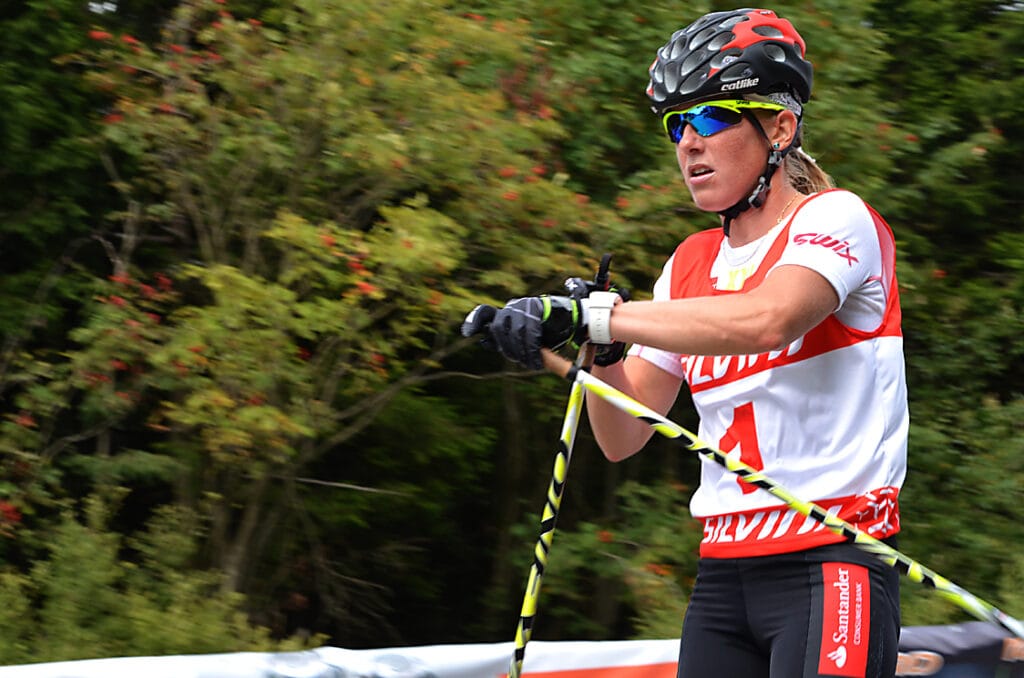
Do you have any specific requirements you apply to your training group?
“I prefer varied training. Even with the Nordic Combined athletes, I convinced them that they can also double pole, skate without poles, and that classic technique is good for them, too. We work with top athletes aged 20 to 28. I’m happy they appreciate my advice and feedback—then the work really makes sense.”
You’ve trained on roller skis in the Czech Republic and Austria for many years. How would you compare the two countries?
“When I compare roller ski training in Austria and here, I must admit that I didn’t like training on the road in the Czech Republic. Reckless, nervous drivers and poor asphalt. However, there were some nice spots. In Austria, the roads and tracks are better, and drivers are more respectful, but we often have problems with the police. I had to take off my roller skis and walk home a few times. Scandinavia or Italy is the best—there, the police have no problem with roller skiing.”
What roller ski training would you recommend to our readers?
“If you haven’t skied up Grossglockner in Austria on roller skis (it takes about 2:30 hours), you’re missing out on a beautiful uphill ride with stunning views! If you want to be good in the hills, you have to train in them!”
Read More: Smutná looks back on her long and solid career
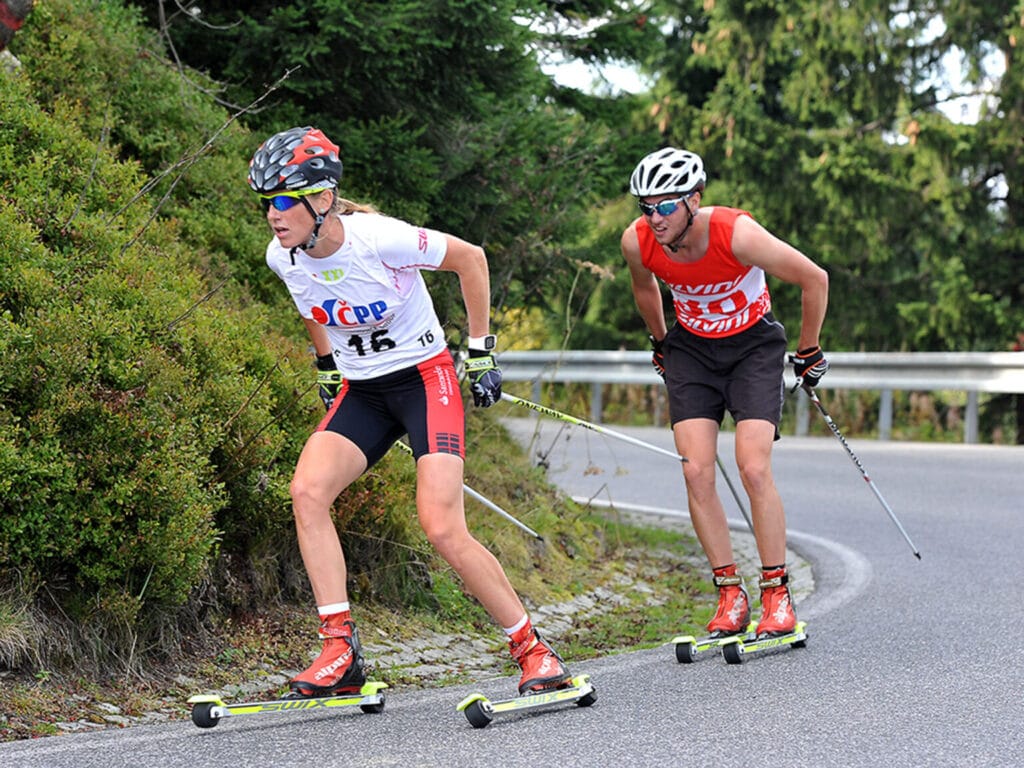
Also Read: Roller Ski Guide 2025
On SC Play, you can access all our technique videos, both for classic and skate. Click here to check it out!
Are you interested in training for long-distance or traditional cross-country skiing? Click HERE and read more about it.
